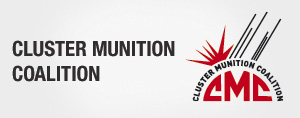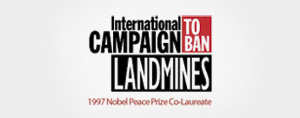29 June 2010
Press Release
Reporting on Land Release in Landmine and Cluster Munition Monitor
The term ‘Land Release’ has become an important part of Landmine and Cluster Munition Monitor’s reporting on progress in mine action. The term formally means the release of formerly contaminated land through technical survey or clearance. Dismissed as repackaging of existing good practice by some, it is a response to surveys that have significantly overestimated the size of suspected hazardous areas or wrongly identified other areas as contaminated and, as a result, poorly directed clearance efforts. Any land that is not contaminated but is physically cleared represents inefficiency and a potentially huge waste of resources for a national demining program.
Three new International Mine Action Standards were issued by the United Nations in June 2009 after a number of years of discussions.[1] From now on, suspected hazardous areas should first be addressed by non-technical survey teams to ensure that they are actually contaminated. If no evidence of contamination is found, the areas can be cancelled and removed from the national mine action database. Only confirmed hazardous areas should be tackled with clearance assets. Technical survey should identify the type of contamination and the perimeters of the affected area, allowing full clearance to be conducted only on areas that are truly contaminated.
Apart from the fact that not all operators have followed this procedure in the past, what is both new and significant in land release is the need for detailed documenting of and reporting on each step in the process. This will impose greater burdens on many of those engaged in the demining program, but the rewards in terms of efficiency will potentially be huge.
For Landmine and Cluster Munition Monitor, it has often been frustrating to obtain accurate and meaningful data from mine-affected States Parties. In part, this can be attributed to the drafting of the Mine Ban Treaty itself. Reporting requirements for Article 5, which obliges affected States Parties to clear all antipersonnel in mined areas under their jurisdiction or control, only strictly require a declaration of how many antipersonnel mines and which types were destroyed by clearance operations during the previous calendar year.[2] This information has limited value without details of the areas cleared, their size, as well as information on the release of suspected hazardous areas by survey.
At the Second Review Conference, it was agreed that States Parties that have mined areas under their jurisdiction or control will do their utmost to: “Provide annually, in accordance with Article 7, precise information on the number, location and size of mined areas, anticipated particular technical or operational challenges, plans to clear or otherwise release these areas and information on the areas already released, disaggregated by release through clearance, technical survey and non-technical survey.”[3] Effective implementation of this Action Point will significantly enhance reporting on—and therefore facilitate monitoring of—the implementation of Article 5 of the treaty. __________________________________________________________________________
[1] IMAS 08.20: Land release, First Edition, New York, 10 June 2009; IMAS 08.21: Non-Technical Survey, First Edition, New York, 10 June 2009; and IMAS 08.22: Technical Survey, First Edition, New York, 10 June 2009. All are available for download at: www.mineactionstandards.org.[2] Article 7, paragraph 1(g), Mine Ban Treaty.[3] Action #17, “Cartagena Action Plan 2010–2014: Ending the Suffering caused by Anti-Personnel Mines.”



